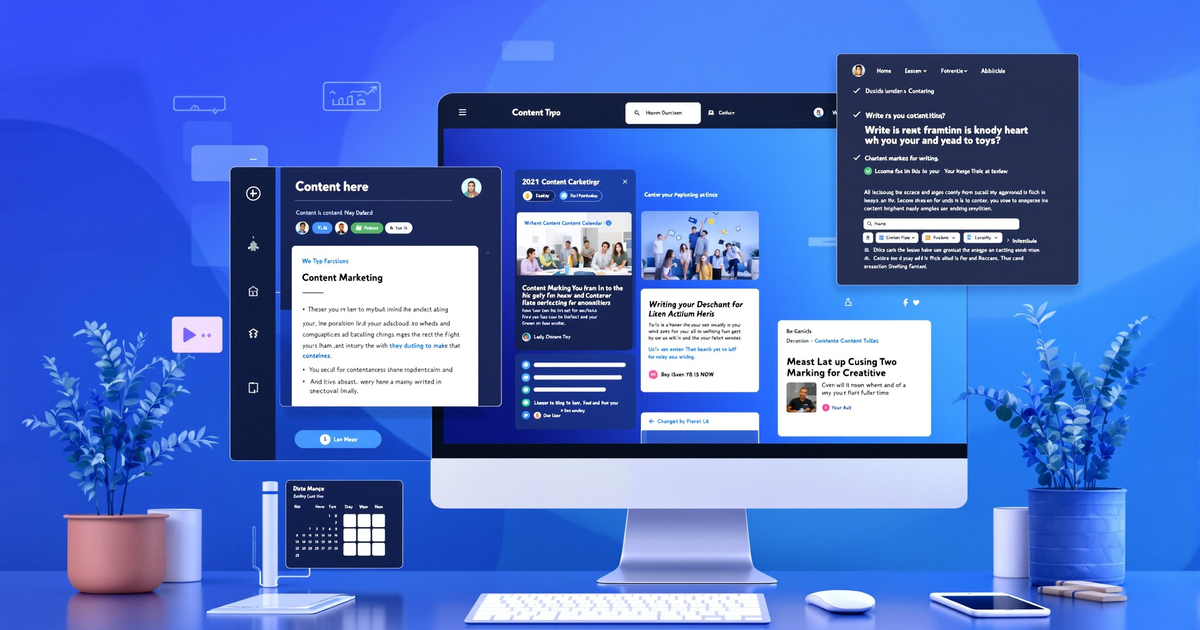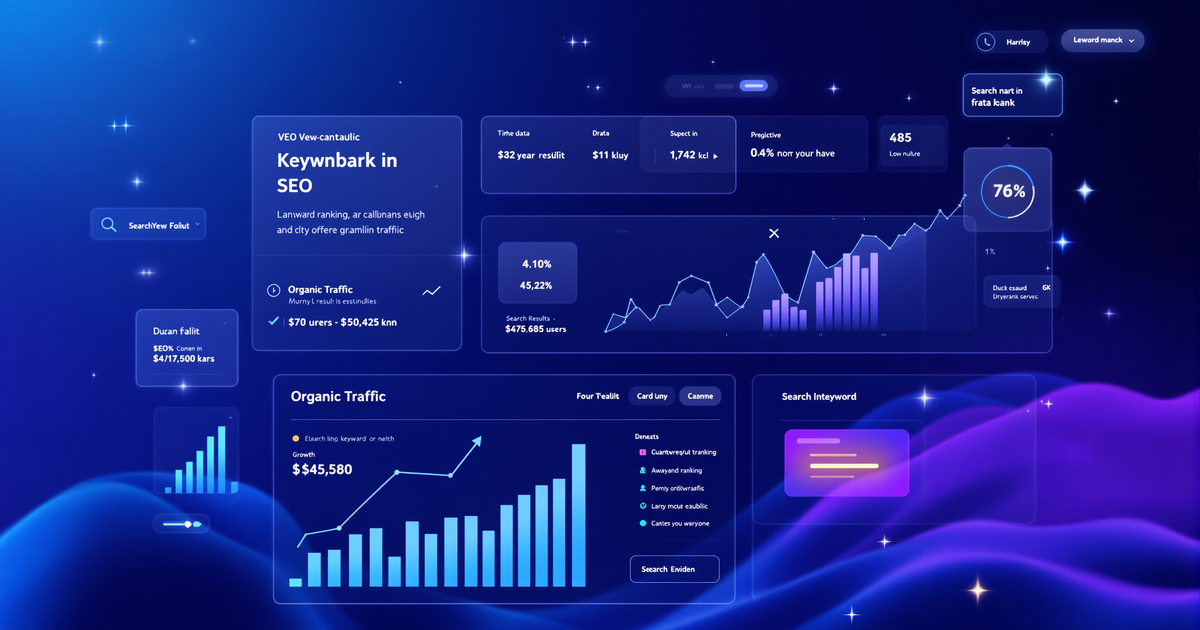Why Cutting-Edge Web Design Matters for Startups
Your website is your brand’s digital handshake. In crowded markets, a modern, high-performing site can be the difference between scaling fast and fading into the background. Startups often have smaller teams and tighter budgets, so strategic design choices—those that drive engagement, trust, and sales—are vital.
The Startup Web Design Challenge
- Limited resources: Every dollar and hour spent on design must deliver ROI.
- Fast pivots: Your website must adapt as your business evolves.
- Standing out: You need to be memorable and credible, even if you’re new.
Let’s explore the essential trends and tactics that will help your startup launch a site that’s not just beautiful—but built for growth.
1. AI-Driven Personalization
Imagine a website that adapts content, layout, and even product recommendations in real time based on each visitor’s behavior. AI-powered personalization is no longer reserved for tech giants—2025’s tools make it accessible to startups too.
How to use it:
- Integrate AI chatbots that answer FAQs, guide users, and nurture leads.
- Use machine learning plugins to recommend products or services based on browsing history.
- Employ dynamic landing pages that change headlines or images based on user data.
A subscription box startup saw a 30% increase in conversions after using AI to personalize homepage offers by visitor location and previous site activity.
2. Mobile-First Design: The Non-Negotiable Foundation
With over 60% of traffic now coming from mobile devices, Google’s mobile-first indexing makes this approach essential. Users expect lightning-fast, frictionless mobile experiences—especially younger, tech-savvy audiences that startups often target.
Startup action steps:
- Use responsive frameworks that adapt every page element for mobile and desktop.
- Keep navigation simple—think thumb-friendly menus and clear CTAs.
- Optimize images and scripts for fast loading.
Test your site’s mobile performance regularly and ask real users for feedback to catch hidden frustrations.
3. Bold Visuals & Unconventional Layouts
Web design in 2025 celebrates creativity. Startups can stand out by ditching generic templates for bold colors, playful animations, and unique layouts that tell a story.
What works now:
- Unexpected Floating Objects (“UFOs”): Use animated or hovering elements to draw attention and convey energy.
- Asymmetry and broken grids: Break away from rigid structures to guide the eye and stand out.
- Expressive typography: Use large, custom fonts for headlines to reinforce your brand’s voice.
A fintech startup used a dark mode palette with neon accents and fluid, animated shapes—boosting session duration by 40% as users explored the site’s playful, modern vibe.
4. Immersive 3D Elements & Micro-Animations
3D visuals, interactive animations, and subtle micro-interactions create a sense of depth and immersion that keeps visitors engaged. These can be powerful for product demos, explainer sections, or even simple UI feedback.
Startup-friendly ideas:
- Use lightweight 3D renderings to showcase products or services.
- Add micro-animations to buttons, icons, or form fields for delightful feedback.
- Create interactive walkthroughs or onboarding experiences.
Keep performance in mind—optimize all assets so animations don’t slow down your site, especially on mobile.
5. Inclusive, Accessible, and Sustainable Design
Startups can’t afford to alienate users. Accessibility is a legal and ethical must, while sustainability appeals to eco-conscious consumers. Modern tools make both easier than ever.
Essential practices:
- High-contrast text, alt text for images, and keyboard navigation.
- Clean code and green hosting to reduce your site’s carbon footprint.
- Use color-blind-friendly palettes and test with accessibility checkers.
A SaaS startup won major press after launching an accessibility-first site, which increased inbound leads by 20% from previously underserved customer segments.
6. Voice, Chat, and Smart Video Integration
Modern users expect conversational interfaces and rich, multimedia content. Startups can harness these trends for both user engagement and operational efficiency.
How to implement:
- Add AI chatbots or “chatbuds” for instant support and lead capture.
- Use smart, short-form videos to explain products or share customer stories.
- Incorporate voice search for hands-free navigation.
7. Data Visualization and Real-Time Content
Startups with data-driven products can leverage dynamic data visualization and real-time content updates to build authority and foster trust.
Practical tips:
- Use interactive charts or dashboards to present your value proposition visually.
- Offer live metrics, social proof counters, or real-time customer reviews.
8. Fast Loading, Minimalism, and High Impact
Speed and clarity are as important as style. Minimalist, functional design with high-impact visuals drives conversions and reduces bounce, especially for resource-limited startups.
Startup web essentials:
- Prioritize content and CTAs above the fold.
- Use bold hero images or videos paired with concise messaging.
- Optimize all assets for speed: compress images, streamline code, and minimize plugins.
9. Brand Storytelling Through Design
Startups need to communicate their mission quickly and memorably. Use design to reinforce your story—through custom illustrations, organic shapes, and authentic photography.
Tips for founders:
- Feature founder photos, customer testimonials, or behind-the-scenes visuals.
- Use organic, layered shapes or earthy colors to convey approachability or innovation.
10. Gamification, Lead Nurturing, and CRM Integration
Engage and convert visitors with gamified elements and seamless CRM integration.
Ideas to try:
- Create quizzes, progress bars, or reward systems for user actions.
- Use progressive lead capture forms that sync with your CRM for efficient follow-up.
Quick Startup Web Design Checklist for 2025
- AI-powered personalization for every visitor.
- Responsive, mobile-first layouts.
- Bold, creative visuals and layouts.
- 3D elements and interactive animations.
- Accessibility and sustainability best practices.
- Voice, chatbots, and smart video.
- Real-time data visualization.
- Fast, minimalist design with high-impact CTAs.
- Story-driven imagery and organic branding.
- Gamification and CRM integration.
Inspiration: Startup Web Design That Works
Case Study 1: AI-Driven Personalization
A health-tech startup used AI to personalize content for returning users. They saw a 35% lift in demo signups within two months.
Case Study 2: Gamified Onboarding
A SaaS platform implemented a gamified onboarding process. Result: a 25% boost in user activation rates and rave customer reviews.
Ready to Future-Proof Your Startup Website?
Your website should be your best sales tool—modern, fast, and perfectly tailored to your audience. Don’t let out-of-date design hold you back.
Ready to see what your startup is missing? Get your FREE 3-minute marketing assessment and a custom growth plan from CDM Suite!
Remember: In 2025, cutting-edge web design isn’t about following fads—it’s about blending innovation with usability, creativity with conversion, and technology with human connection. Startups that embrace these trends will not just keep up—they’ll lead.


